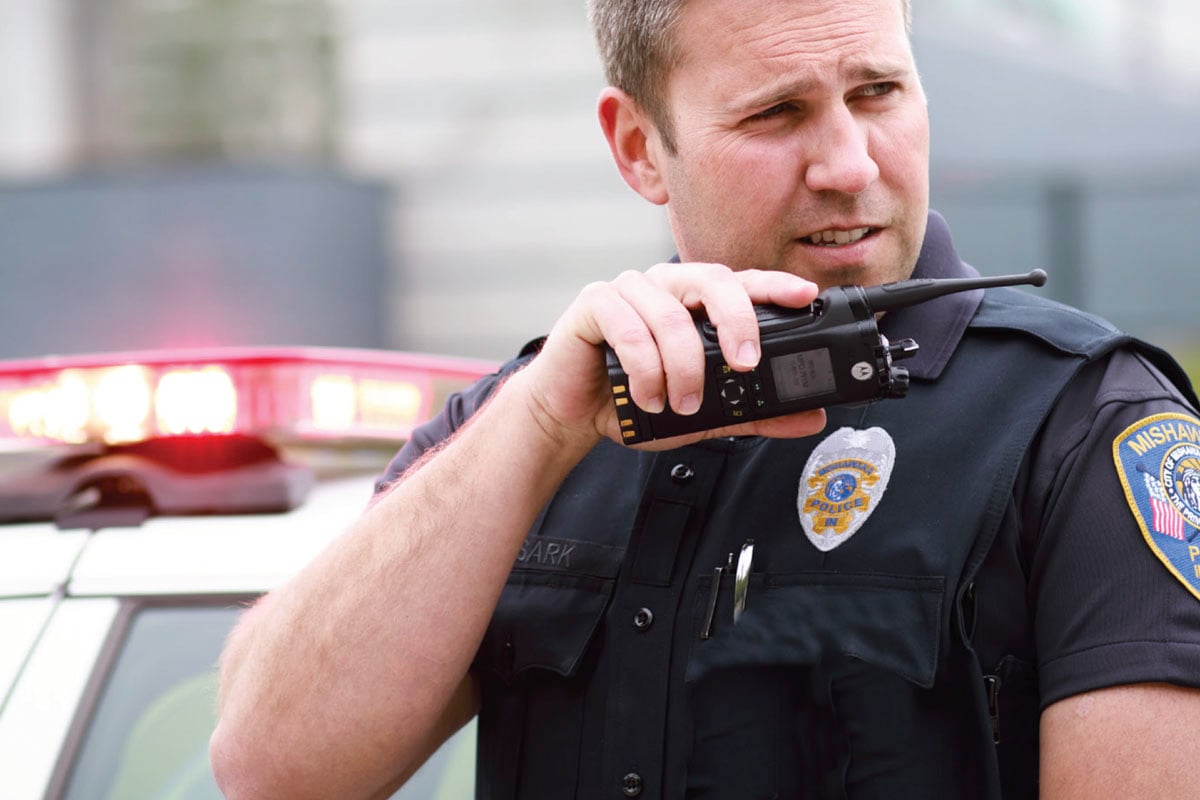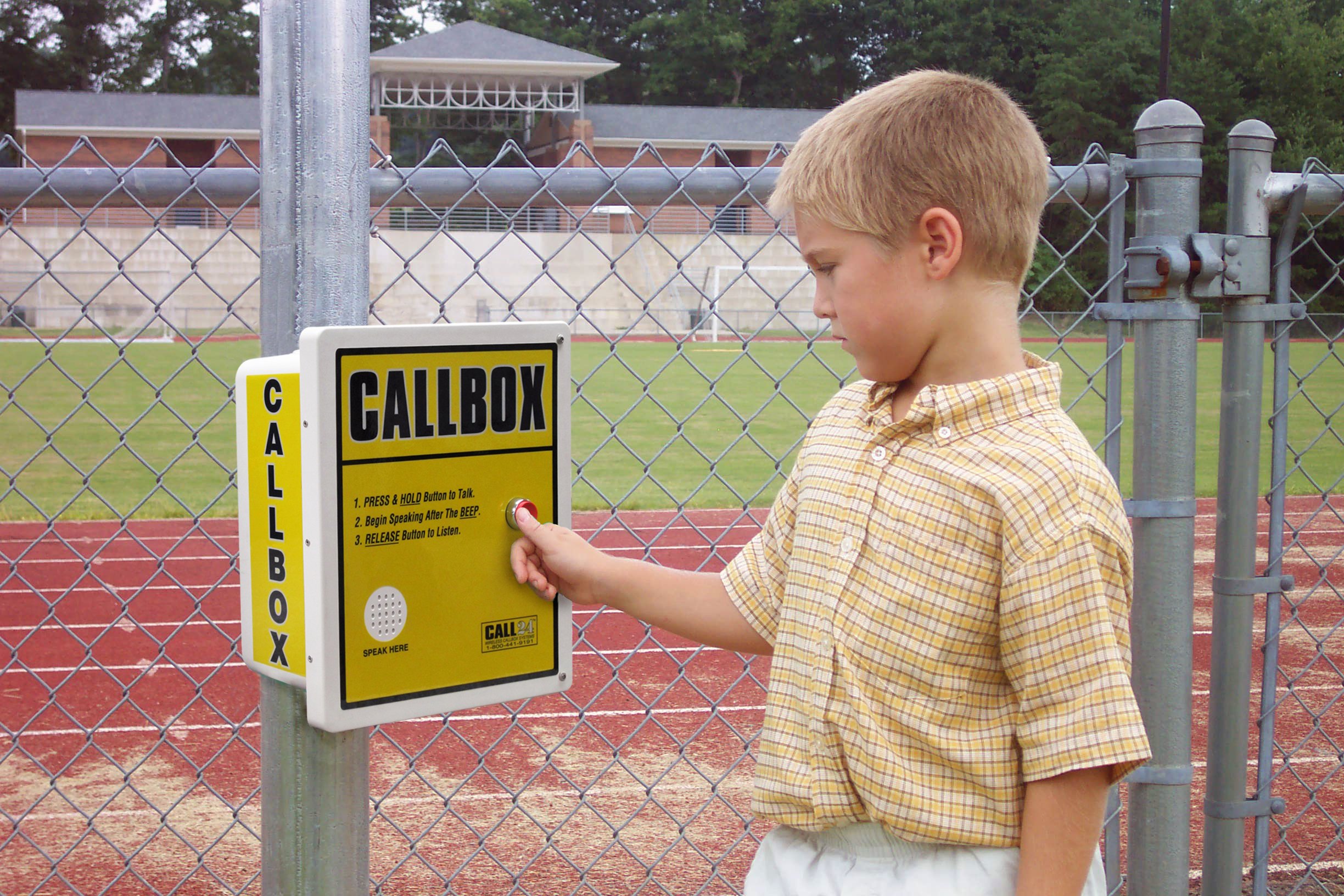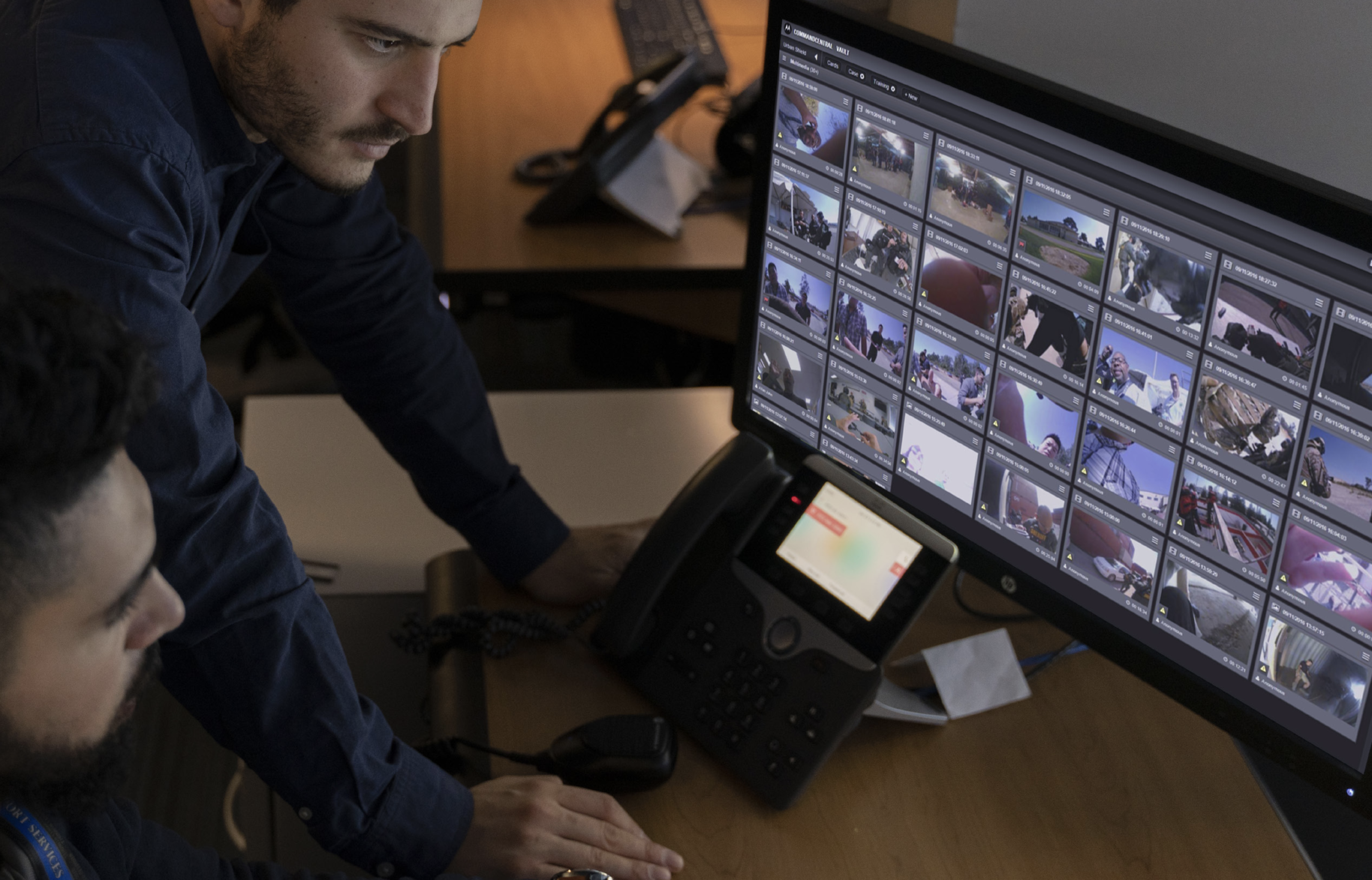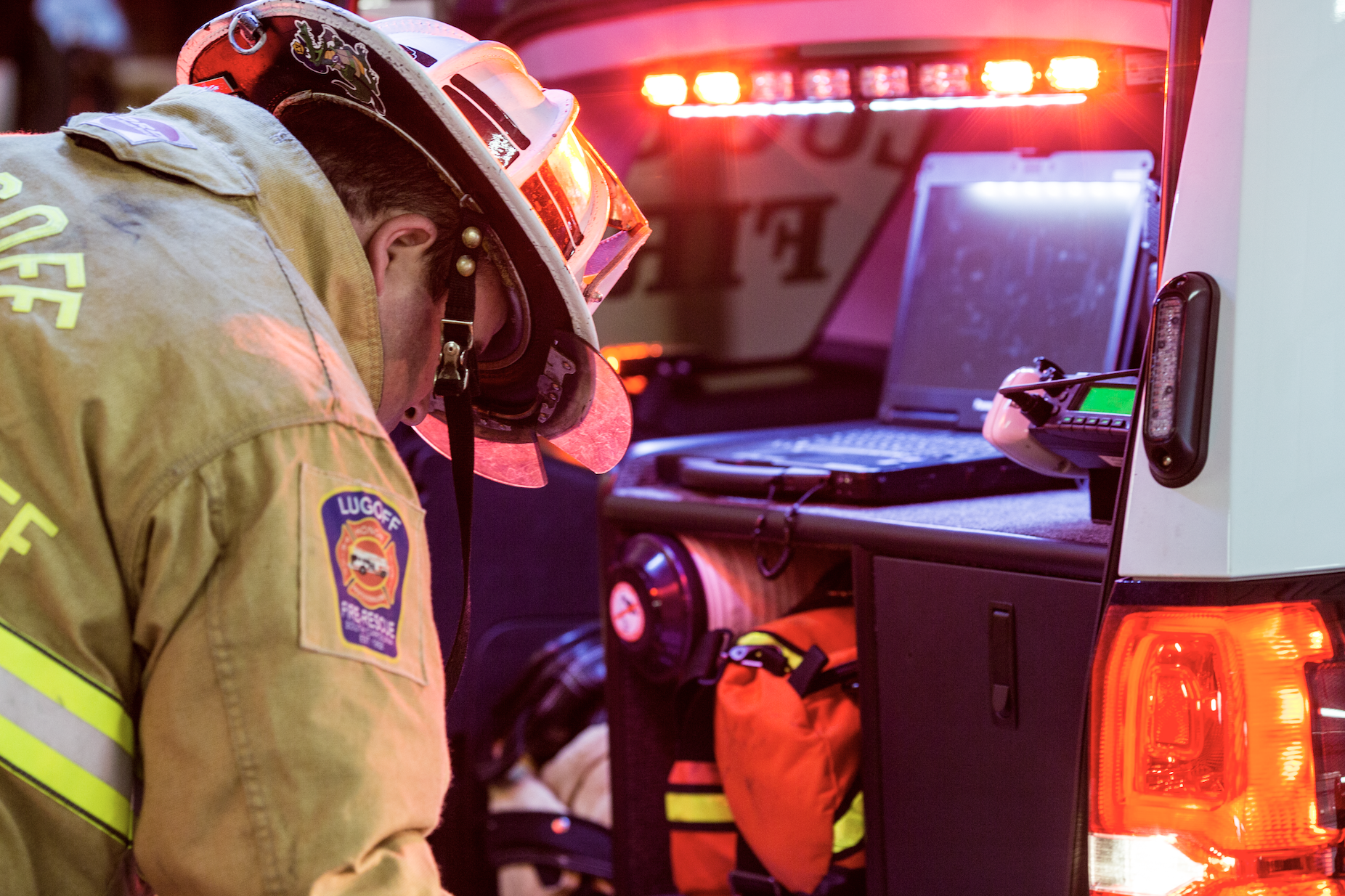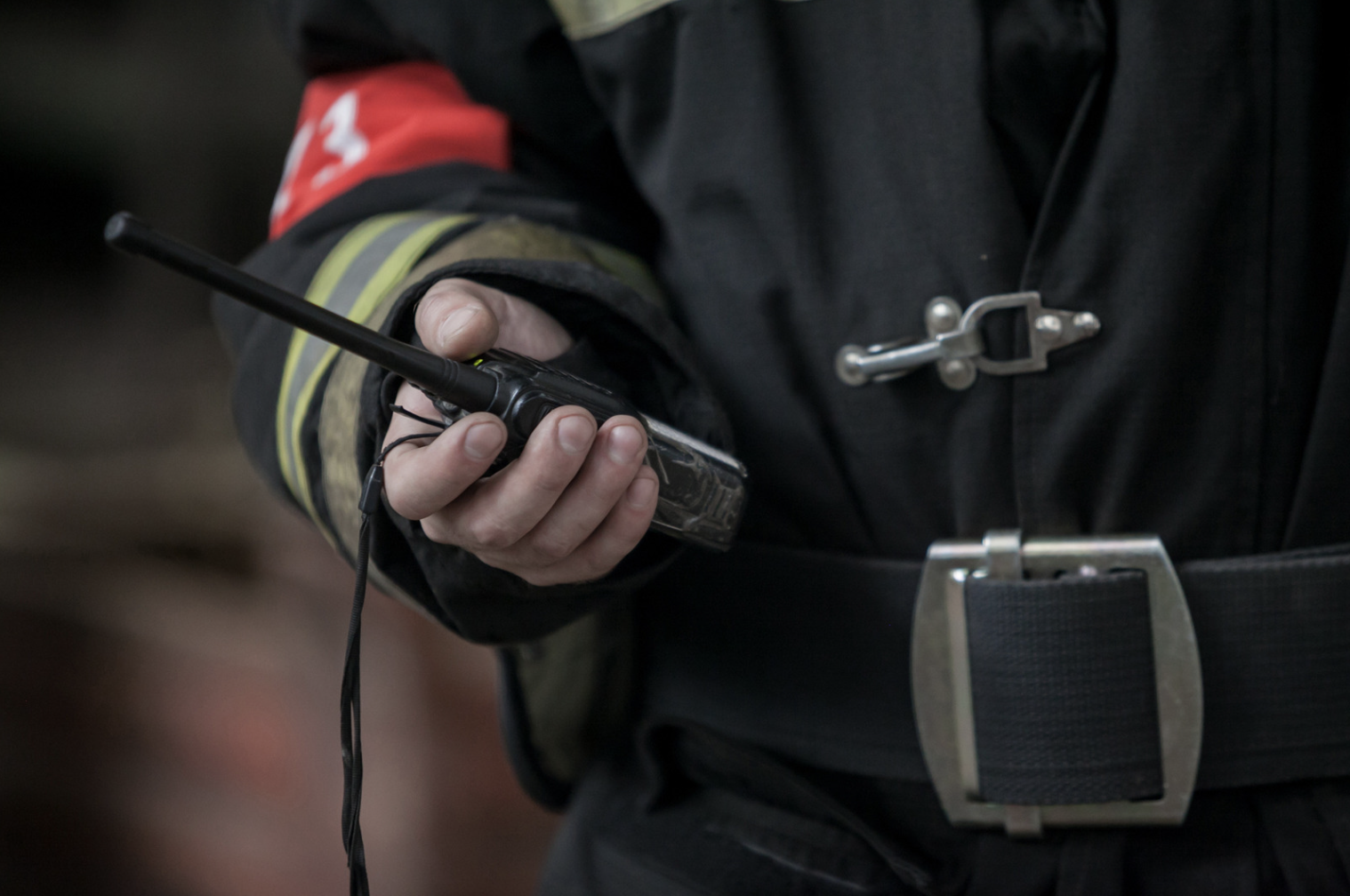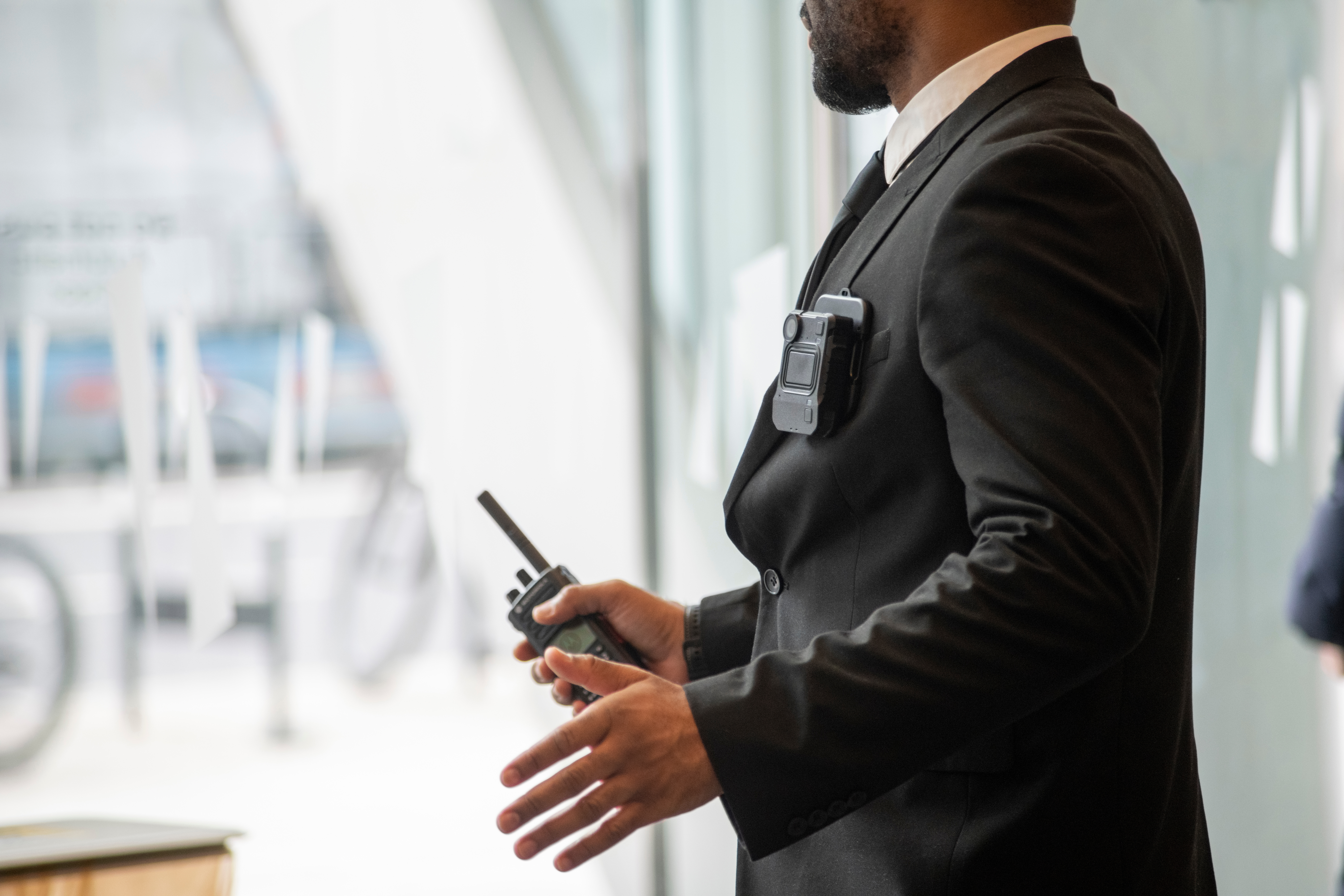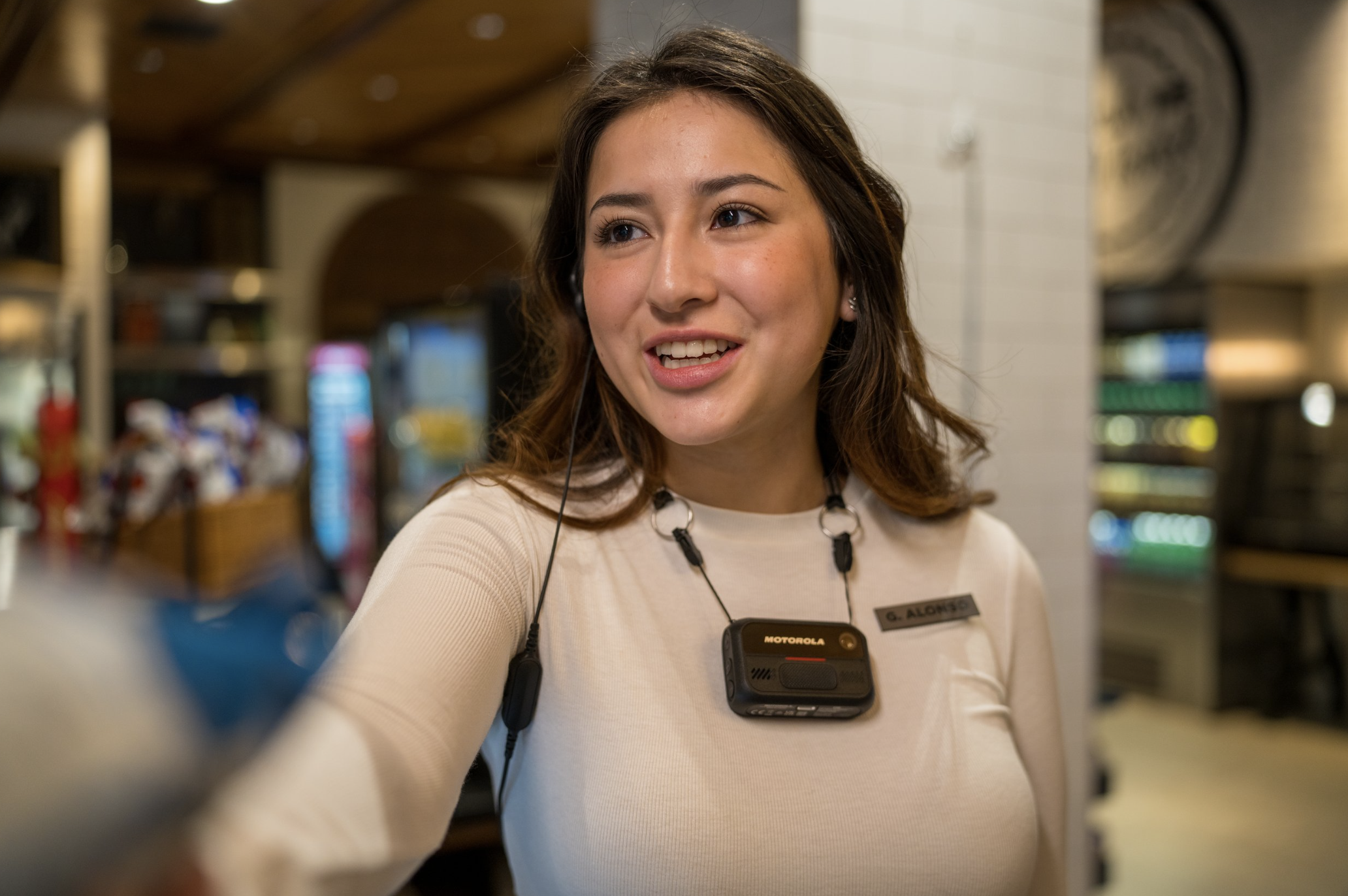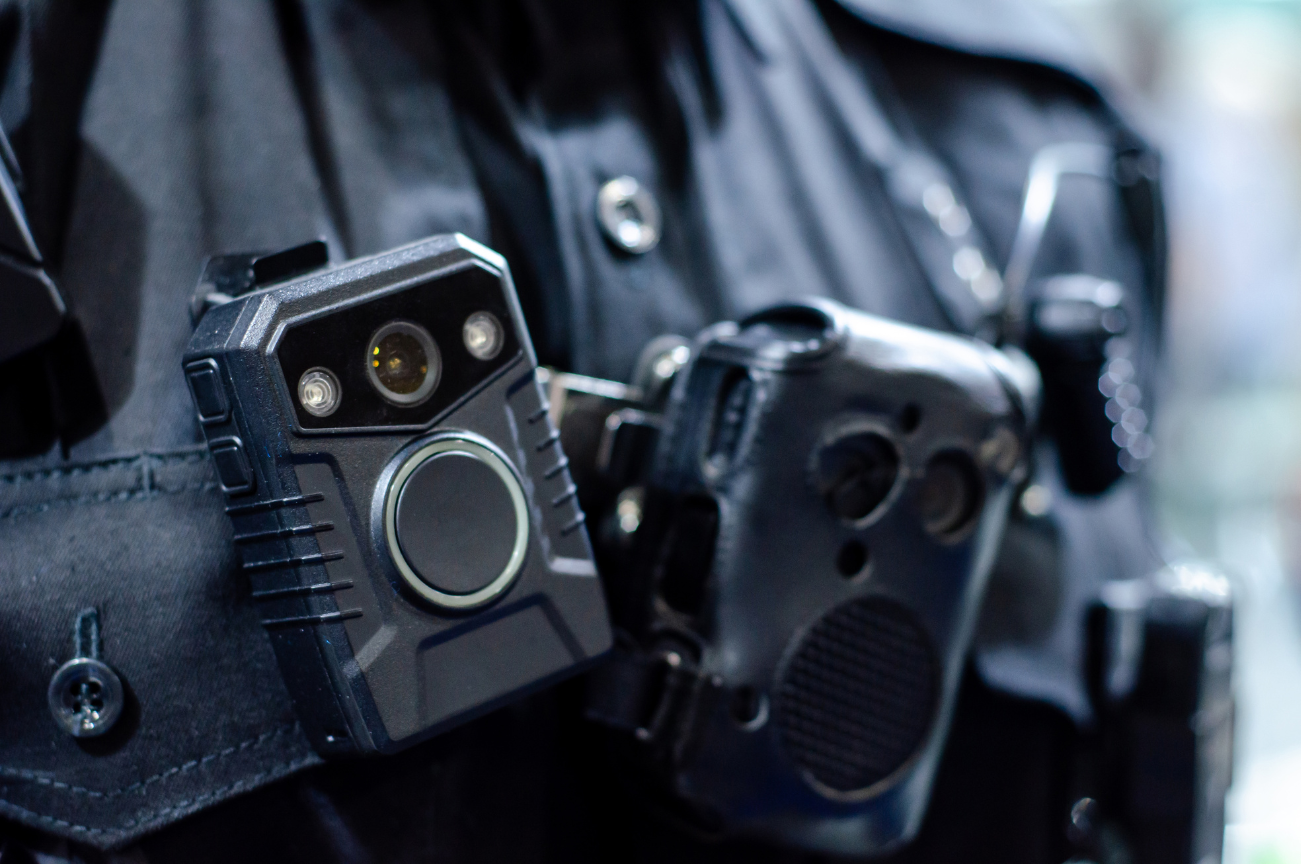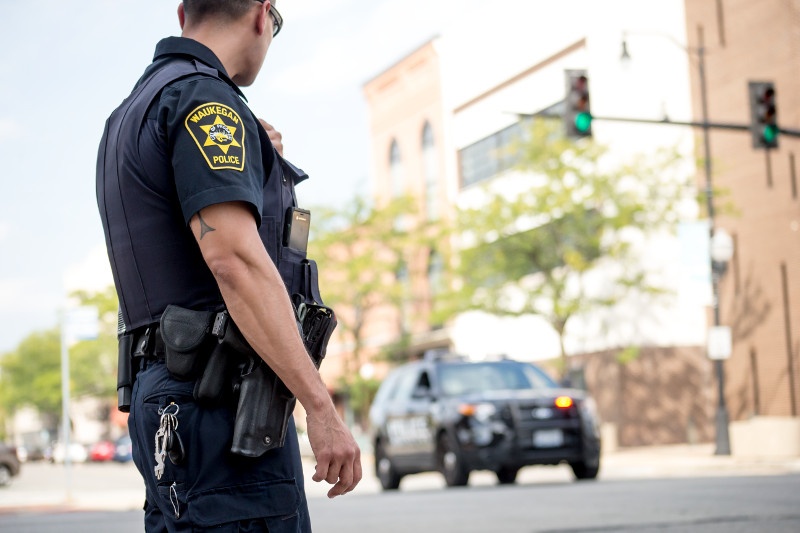In the aftermath of 9/11, FirstNet was established to give public safety professionals access to a dedicated communications network built to meet their mission: saving lives, solving crimes, and protecting communities.
Operated through a public-private partnership between the federal government and AT&T, FirstNet is the only nationwide wireless broadband network built for first responders, with first responders.
In an emergency, every second matters — and FirstNet ensures that first responders have reliable, secure access to voice, data, video, and location services when they need it most.

